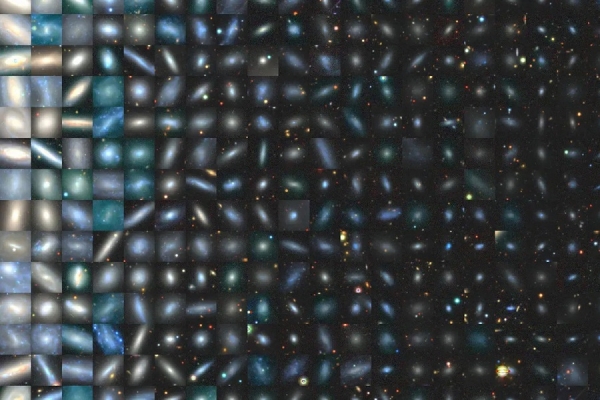The Milky Way galaxy has long been considered the ideal model for studying galactic evolution, but three new studies co-led by Stanford scientists reveal that the birth of our home galaxy may not be typical of how other galaxies evolved.
For decades, scientists have used the Milky Way as a model for understanding how galaxies form. But a trio of new studies raises questions about whether the Milky Way is truly representative of other galaxies in the universe.
“The Milky Way has been an incredible physics laboratory, including for the physics of galaxy formation and the physics of dark matter,” said Risa Wechsler, the Humanities and Sciences Professor and professor of physics in the School of Humanities and Sciences. “But the Milky Way is only one system and may not be typical of how other galaxies formed. That’s why it’s critical to find similar galaxies and compare them.”
Photo Credit: Yao-Yuan Mao, with images from the DESI Legacy Surveys Sky Viewer
Sci/Tech Top Stories

